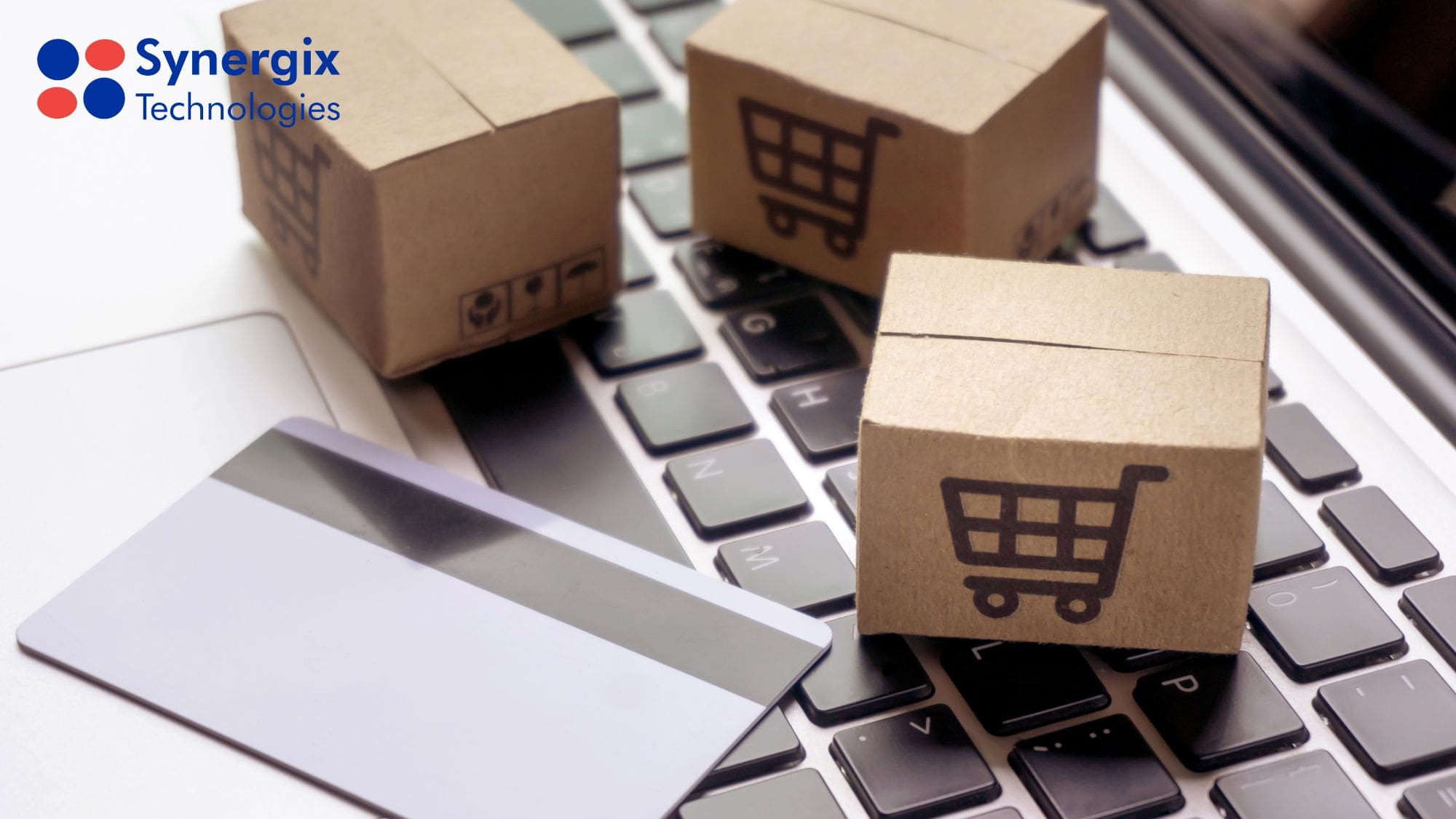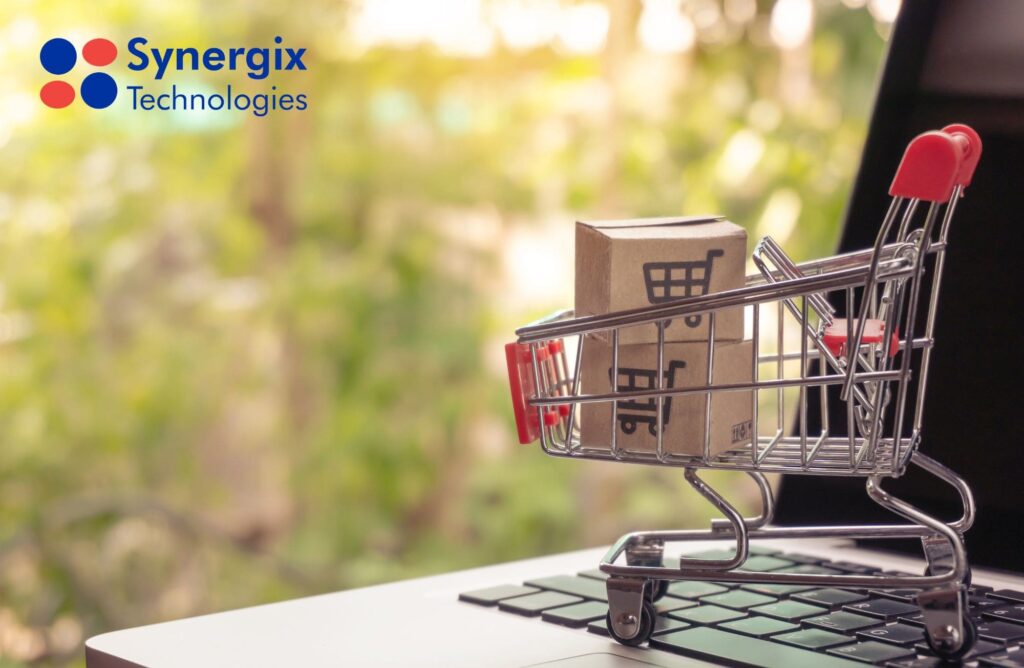
Being able to streamline processes and maximise efficiency is a crucial factor for the success of any business. One of the best areas for optimisation is procurement, which is the process of obtaining the items and services required for operations. This is where Procurement ERP comes in – a powerful tool that integrates seamlessly with your existing Enterprise Resource Planning (ERP) system to revolutionise the way you manage your supply chain.
TABLE OF CONTENT
- What is Procurement ERP?
- Benefits of Procurement ERP
- Key Features of Procurement ERP
- Choosing the Right Procurement ERP System
- Conclusion
WHAT IS PROCUREMENT ERP?
Understanding ERP and Procurement
The process of locating, acquiring, and overseeing products and services necessary for company operations is referred to as procurement. On the other hand, ERP stands for Enterprise Resource Planning, which is a full suite of integrated company management programmes intended to automate and expedite a number of organisational tasks, including procurement.
Integration of procurement with an ERP System
Procurement integration into the ERP system would mean merging procurement operations into the more comprehensive workflow of the overall company. The integration ensures a seamless flow of activities that procurement undertakes and aligns them with other departments, including finance, inventory management, and human resources. By employing ERP’s strong features, companies get unified visibility and control across the entire procurement cycle, from requisition to payment.
BENEFITS OF PROCUREMENT ERP
The advantages of implementing a Procurement ERP system are numerous and far-reaching. Here are some key benefits to consider:
Enhanced Efficiency and Automation: Procurement ERP executes such mundane tasks just like purchase order creation, interaction with vendors and invoice processing. This will free up the critical time of your procurement team that they can use for jumping into the strategic duties like supplier relationship management as well spend analysis.
Decreased Expenses: Businesses may reduce procurement expenses by using procurement ERP to better understand expenditure trends, spot areas for cost savings, and bargain for favourable terms from suppliers.
Improved Budget Management: If you have a detailed budget of your spending checklists, you can design a tighter budget, and it is also much easier to keep your eyes on them to check for any deviations. ERP for procurement allows you to do budget reallocation and invest in areas and decisions that make sense based on the data collected.
Improved Tracking and Visibility: Procurement ERP ensures that all the transactions reflected in the system will be fully transparent, mitigating cases of ambiguity or any other form of non-generation of information. The procurement status of the order may be monitored, overstock and shortages can be prevented, and potential delays and bottlenecks can be easily identified. Because decision-making based on facts and problem-solving considering early signals is made possible by this transparency.

In addition, when implementing a Procurement ERP system, consider functionalities like inventory management to optimise stock levels and avoid stockouts. Supplier management features can help you onboard new suppliers efficiently and maintain strong relationships with existing ones.
KEY FEATURES OF PROCUREMENT ERP SYSTEMS

The modern procurement ERP systems cover all the tools needed to ensure your organisation procurement processes run smoothly and cost-effectively.
Purchase Order Management: Make, confirm, and follow up purchase orders, electronically, to avoid blockages of goods and services.
Vendor Management: These responsibilities range from making contracts, measuring supplier performance, and maintaining suppliers’ databases.
Budget Management: Establish budgets for separate departments and categories, monitor spending within those budgets, and look for remaining cost cutting solutions.
Reporting and Analytics: Come up with a reporting system that will help you examine your procurement operations and trends on expenditures so that you can make wise decisions.
Self-Service Portals: Commodities orders, requisitions and other key information by staff members and suppliers should be accessible via self-service portals.
Another factor among various alternatives for you to think through is the inclusion of spend analysis capability within your Procurement ERP; it can help greatly improve your understanding of your procurement operations. This, therefore, involves you pinpointing cost-saving areas and using them to your advantage as you negotiate with suppliers.
CHOOSING THE RIGHT PROCUREMENT ERP SYSTEM
Choosing the best Procurement ERP system for your company’s needs is essential, as there are many solutions available. The following elements should be considered when making your choice:
- Your Business Requirements: Determine your unique procurement problems and obstacles. Select a system that meets your specific needs and provides features that support your strategic objectives.
- Scalability: Take into account your goals for future expansion and select a system that will grow with your company.
- Integration Capabilities: Make sure the solution works well with other platforms and your current ERP.
- Ease of Use: Consider your team’s training needs as well as how user-friendly the system is.
- Provider Reputation: Examine the track record of implementation, customer service provided, and reputation of the provider.
